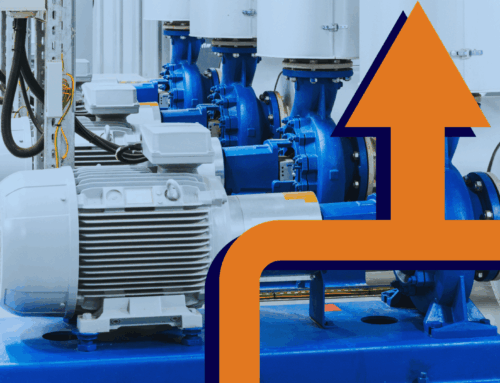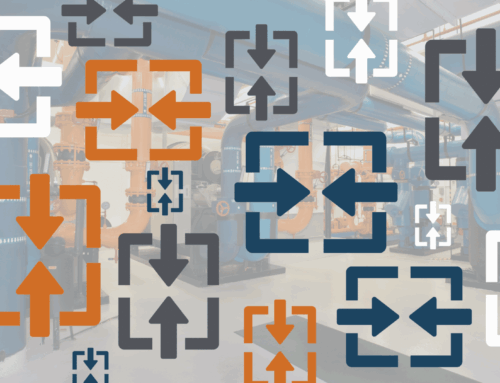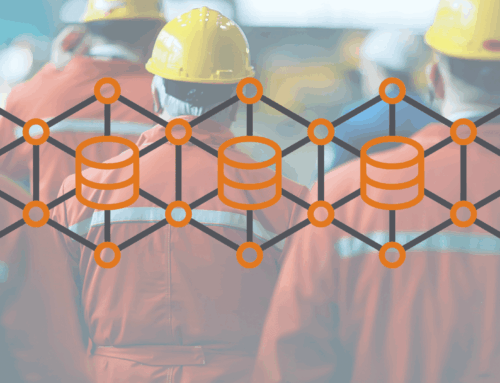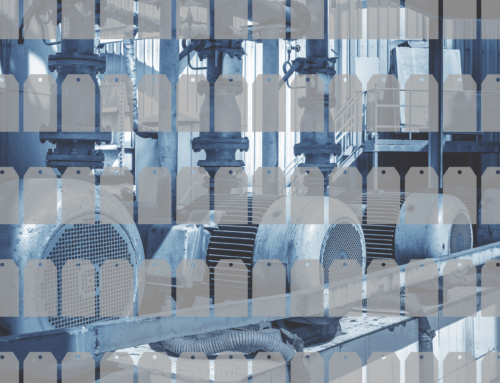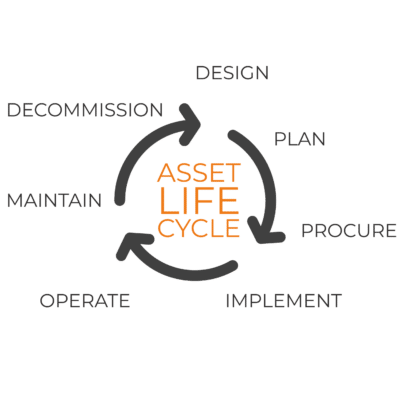
We had an electric tea kettle go out this week that was only 6 months old. It was a Christmas gift and meant to be an upgrade to our still working, 3-year old kettle. Initially, there was frustration. It’s too soon for it to break. Then a sense of relief. I at least have the stove so I can still have my tea. And finally, there was focus. I can fix this; it must still be under warranty.
This is a small equipment failure to say the least compared to potential failures in a plant setting. Unlike me though in my kitchen, an organization formalized processes and procedures to minimize their equipment failure risk. In addition, when looking at equipment life cycle, there are opportunities for improvement. Here are our 6 tips to improve your equipment’s life cycle.
Tip 1: Give Time for Design and Planning
What’s the first step of the equipment life cycle? Design and planning. This step is foundational to the success of operation and future improvements. Consider the past, present, and future. For the past, what has worked in the past? What have been sticking points related to break down and wear out? For the present, what are your budgetary, space, and resource limitations (or opportunities)? What is the main challenge you’re trying to overcome? For the future, how will you need to scale in 1 year, 5 years, 10 years? What role will this equipment play in the scaling?
So, the first tip is to take time for design and planning. More time during the design and planning stage can have meaningful impacts on your equipment’s overall life. It’s much easier (and less costly) to overcome a gap or challenge during the planning and design phase than once you’ve installed the equipment. And this will hopefully reduce potential headaches in the future for you.
Tip 2: Understand Life Cycle Costs (LCC)
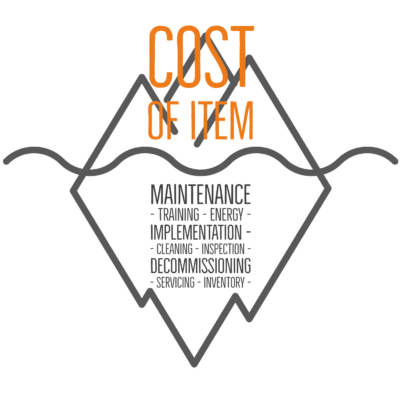
Our second tip then is to understand and document the equipment LCC so that you plan early.
Tip 3: Implement
Not anything unique to equipment life cycle management, but implementation will always be key. Implementation includes all stages: design, planning, procurement, installation, operation, maintenance, and decommissioning. Remember that documentation and communication can help with this.
Tip #3 is short and sweet (but may be the most difficult to do), implement!
Tip 4: Upgrade your Maintenance Strategy
When reviewing your equipment life cycle analysis, look at your current maintenance strategy. Analyze your current equipment maintenance procedures and determine areas for improvement. For example, the transition from reactive to preventive to predictive maintenance enables organizations to reduce the risk of random failures. Since 89% of failures are random, organizations need a strategy and tools to identify potential and hidden failures. This is where predictive maintenance and advanced pattern recognition (APR) tools shine. With potential failure identification, you will have more lead time to fix the equipment, keeping it from a functional failure. With the help of predictive maintenance strategies, your organization can minimize the risk of losing equipment prior to the end of their life cycle.
Our next tip is to take advance of technology like advanced pattern recognition and machine learning to improve and grow your maintenance strategy. No point in losing a piece of equipment early when predictive maintenance could have helped you avoid it.
Tip 5: Centralize Your Information
When creating and implementing your equipment life cycle management strategy, information is your friend. Look for ways to centralize the information. Some documentation like systems specs and procedures will need to be protected and include revision history. Other information like time-series data can be covered by a data historian. This information will come in handy when evaluating the current status and determining next steps.
Tip 5 is to centralize your information. The less time you spend trying to find information, the more time you’ll have to improve operations and take action to maintain your equipment.
Tip 6: Formalize Next Steps
Though equipment is built to last, it’s not necessarily meant to last forever. As a result, you need to think about the end at the start. When considering whether you should keep a piece of equipment running, consider its:
- Age
- Safety
- Condition
- Frequency of breakdowns and duration of breakdowns
- Cost of breakdowns
To streamline the process, we recommend creating a framework to determine additional investments in the equipment versus decommissioning. There are also AIP software out there that can help with this rather than creating everything from scratch. This means, that our last tip is to formalize your decision-making method related to when to decommission equipment and how to proceed. And congratulations, you’ll then come full circle to tip #1. Give time for planning and designing next steps.
We are here to help you improve your equipment’s life cycle with advanced data management and predictive maintenance tools. Reach out to learn how we have helped our customers improve their opeational efficiency and how we can help you next.
For future blog posts, make sure you follow our LinkedIn Page!

